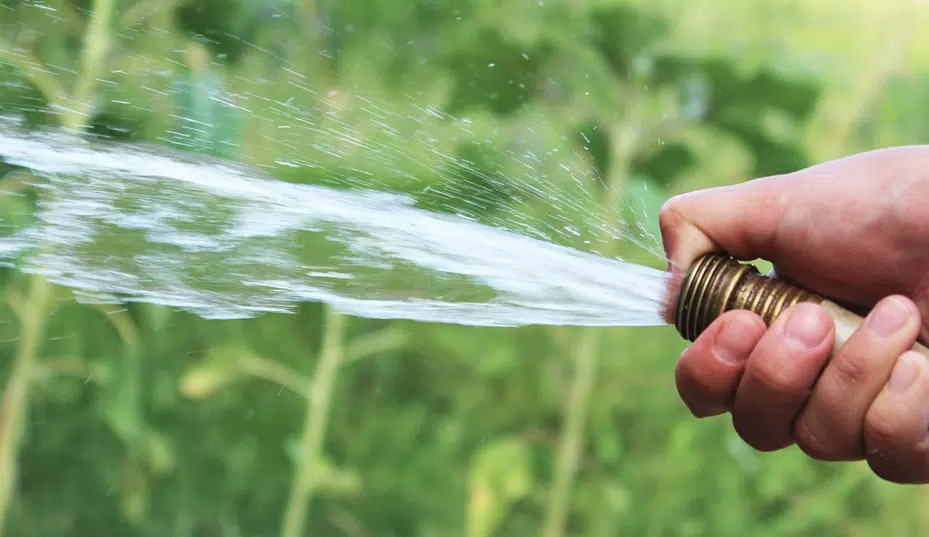
During the heatdome in late June, the City of Kamloops used the most water in a day since 2009.
Utility services manager Greg Wightman says the peak day for usage was on June 30, as the temperature outside reached 46.6 degrees Celsius.
Wightman says more than 138.4 million litres of water was used that day.
And he says water usage to fight the wildfire in Juniper was also significant.
“The Kamloops East fire event used the equivalent of 73 days of average water use up in Juniper for fire suppression. So again, an absolutely staggering amount of water that was used up there. And we were running full out with the emergency operations centre and everything going on in the field, to try and continue to divide that amount of water.”
The maximum daily output for the city’s water system is 160 million litres, meaning the system reached 87 per cent capacity on June 30.
Meanwhile, Kamloops will consider bringing in phased watering restrictions ahead of next spring, which would increase as the drought level does.
“Using a phased approach would allow us to control that maximum day demand. So that huge number we saw during the heat dome, which creates operational issues – environmental, obviously, but also operational issues – an approach like this would allow us to control that.”
Wightman points out, under normal weather conditions, the city allows watering on odd or even days between May and August, meaning households can water three or four times per week. But he used Kelowna as an example, saying that city allows watering on three days per week during the spring and summer, signaling that Kamloops staff could recommend the same change.
There would also be cost savings on electricity with lower water usage and less wear and tear on infrastructure, Wightman says.
“Some of the benefits of a phased approach would include a reduction in hydro costs. Obviously trying to pump 138,000 cubic metres of water in a single day is a huge cost in hydro, and we hit increasing hydro rates the more that we use in a given day. And the less water that we have to pump throughout town, obviously the more life expectancy we’ll get out of our infrastructure.”
Staff will come back to council sometime in the first three months of 2022 with new recommendations.













